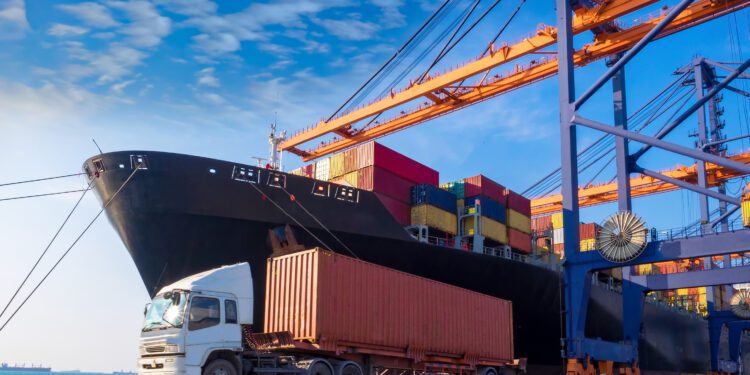The collapse of the Francis Scott Key bridge in Baltimore came at a time when global supply chains are already strained, wrote Ryan Petersen, CEO of Flexport, a supply chain technology and logistics company, and cargo ships are now being rerouted to ports not suited to handle the increased traffic. This situation emphasizes a chronic lack of investment in America’s ports, which Petersen called “the backbone of our economy.”
In 2023, Baltimore’s port ranked as the ninth-busiest port in the U.S. based on trade volume, processing 1.1 million containers worth of cargo. It also serves as the busiest port for vehicle shipments, as more than 800,00 cars are brought to its docks.
The government should invest more money into dredging the country’s ports, as well as building new rail connections, equipping the ports to handle larger ships, automating port operations and implementing container dispatching software to increate the throughput of trucks loading and delivering cargo.
The technology to do this already exists and has been put into place at ports across the globe. By modernizing the country’s ports, Petersen wrote, the government will increase high-paying jobs, as well as help the economy and infrastructure better equipped to manage situations such as the one created by the Baltimore bridge collapse.












